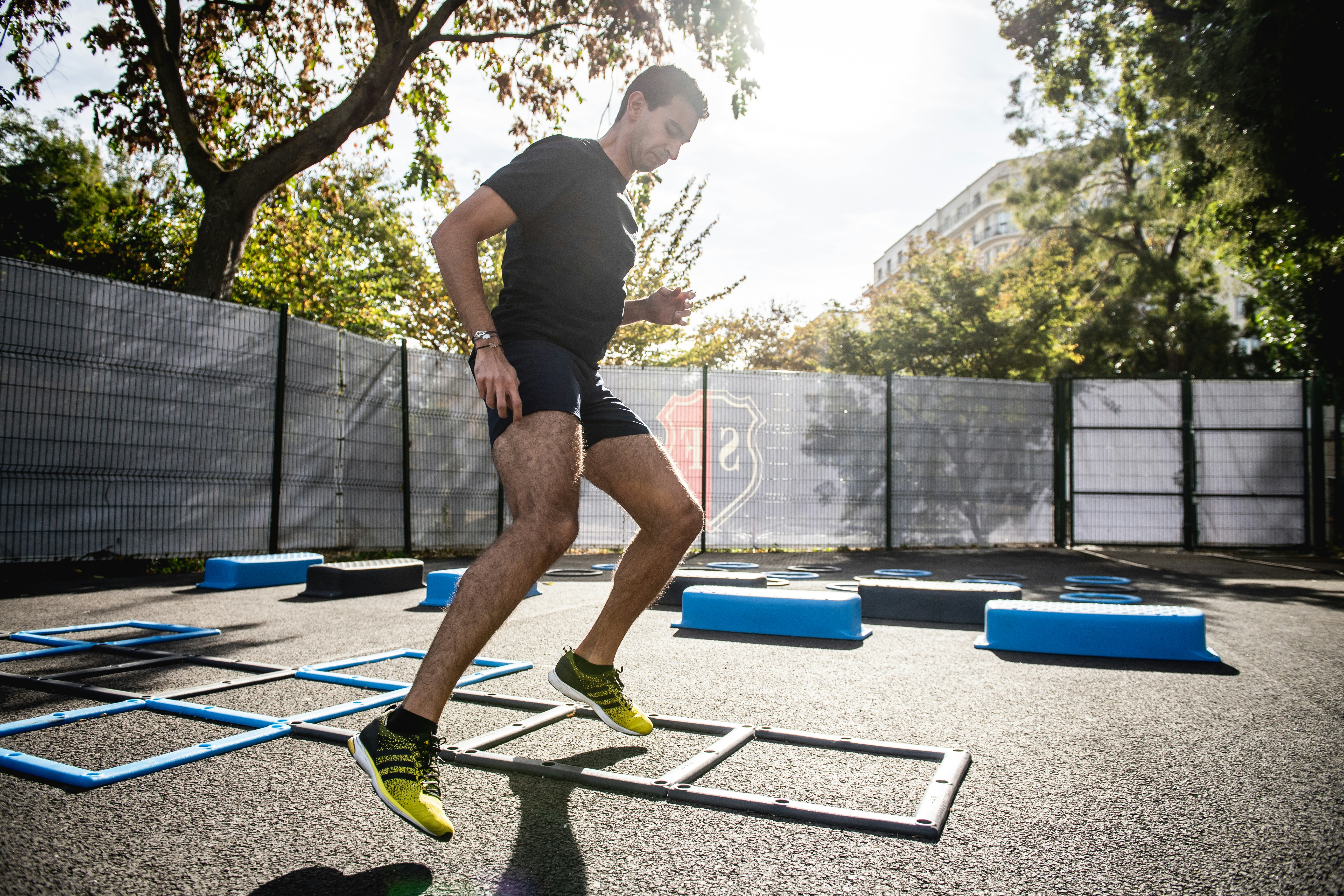From Passive to Powerful:
Rethinking Rehab Through Strength & Movement Retraining

Rethinking Rehab Through Strength & Movement Retraining
To educate physiotherapists on why active strengthening and functional movement retraining often provide superior long-term outcomes compared to stretching and passive modalities — and how to identify and correct common compensation and dysfunction patterns in clinical practice.
Eric Hammer (aka “The Functional Physio”) is a physiotherapist with over 15 years of experience, dedicated to helping patients take an active role in their recovery. With advanced training in orthopaedics, the McKenzie Method, acupuncture, and pain management, he offers a comprehensive, evidence-based approach to care. His focus is on empowering patients through movement, education, and practical strategies that build lasting strength, resilience, and confidence.
Module 1: Why Strength is the Foundation of Rehab
Topics Covered:
Module 2: Understanding the Stretch Trap
Topics Covered:
Module 3: Common Compensation Patterns & Their Drivers
Lower Body:
Upper Body:
Whole Body:
Module 4: Assessing and Identifying Dysfunctional Movement Patterns
Functional Tests:
Focus:
Module 5: Strength-Based Correction Strategies
Core Approaches:
Key Exercises by Pattern:
Module 6: Rethinking the Role of Manual & Passive Care
Topics Covered:
Module 7: Integrating Strength in Every Session
Clinical Application:

